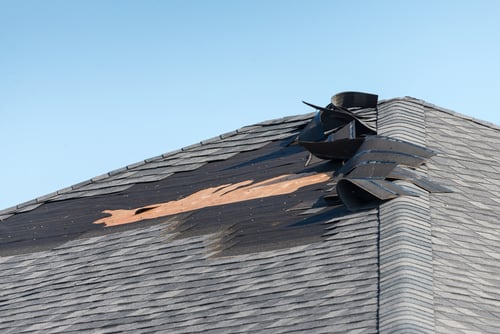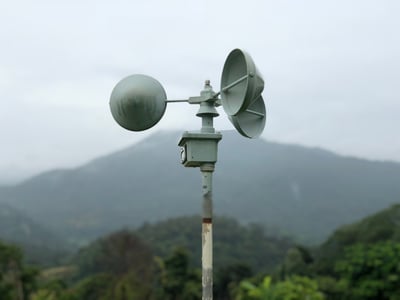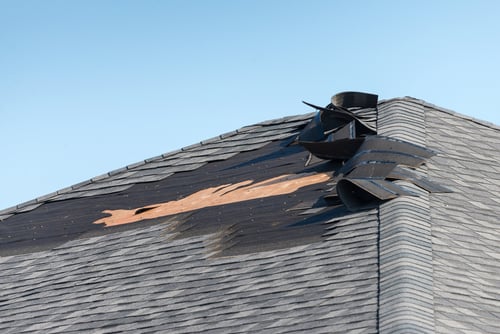Buildings are most vulnerable to the elements during the construction phase, especially when structural components and heavy equipment are being installed. The weather can cause serious accidents, such as crane collapse and even the destruction of a building in progress. If you want to ensure the successful completion of a construction project, the weather cannot be ignored.
Construction companies often plan their activities based on weather forecasts. While this is better than having no weather planning at all, there is a limitation: weather forecasts provide general information for an area, but not specific conditions at project locations. Also consider that buildings affect wind patterns, especially skyscrapers like those in New York City.
Risk management is a very important part of project management and extreme weather conditions are among the main risks in the construction industry. Risk management is so important to project success that the Project Management Institute (PMI) dedicates an entire chapter to the topic in the Project Management Body of Knowledge (PMBOK).
Minimize construction risks with effective project management.
Benefits of Climate Monitoring for Construction Projects
When weather is monitored on a construction site, working conditions are safer because activities can be suspended during dangerous winds. Weather forecasts give you a general overview, but you can't predict a sudden gust of wind based on them.
Weather monitoring also prevents damage to the design itself, as components that are easily destroyed can be protected. Project managers can also suspend risky activities – for example, there could be serious damage if a crane drops heavy equipment during a gust of wind.

Another application of weather monitoring is the prevention of conflicts between project owners and contractors. Consider that projects have deadlines and contractors can face heavy fines for missing them unless the delay can be justified.
-
Because time perception is subjective, a missed deadline due to adverse weather conditions can be difficult to justify without evidence.
-
However, a weather monitoring system with data storage can keep a record of weather conditions. At the end of the project, failure to meet the deadline can be justified by recording data on unfavorable weather conditions.
Keep in mind that a weather monitoring system is only as reliable as the weather instruments it uses. For example, an anemometer with low accuracy can frequently produce false alarms, causing unnecessary work suspensions.
Selecting a Weather Monitoring System for a Construction Project

Weather monitoring may seem like an expensive concept, but you don't need a scientific weather station for every project site. There are compact systems that have been specifically designed for outdoor use in heavy industries such as construction.
-
Consider typical conditions in the construction industry: You should look for a weather monitoring device with a waterproof, corrosion-proof, and dust-proof casing.
-
The device must also be resistant to impacts, in case it is knocked over by strong wind.
-
Project managers must be able to check weather data at any time, so you need a device that allows remote wireless access. A weather monitoring system that must be disassembled for data retrieval is not useful in construction applications.
-
Also consider that a gust of wind can happen at any time, so you need a tool that can send automatic notifications. Knowing that the wind was dangerous an hour ago doesn't help project managers!
Considering the seasons is also important when planning a construction project. For example, weather-sensitive activities should not be planned for a time of year when storms are common. Otherwise, you will be suspending work frequently, delaying the entire project.
Minimizing climate risks with prefabrication
Prefabrication is a promising concept in the construction industry, as building modules are assembled off-site in a controlled factory environment. Although on-site activities must be suspended when the weather is unfavorable, prefabrication can continue regardless of external conditions.
Prefabrication involves transporting the modules to the site for assembly, but the portion of the construction process that takes place outdoors is significantly reduced. While weather can still slow down modular construction, the project is much less vulnerable than one with traditional construction methods.

